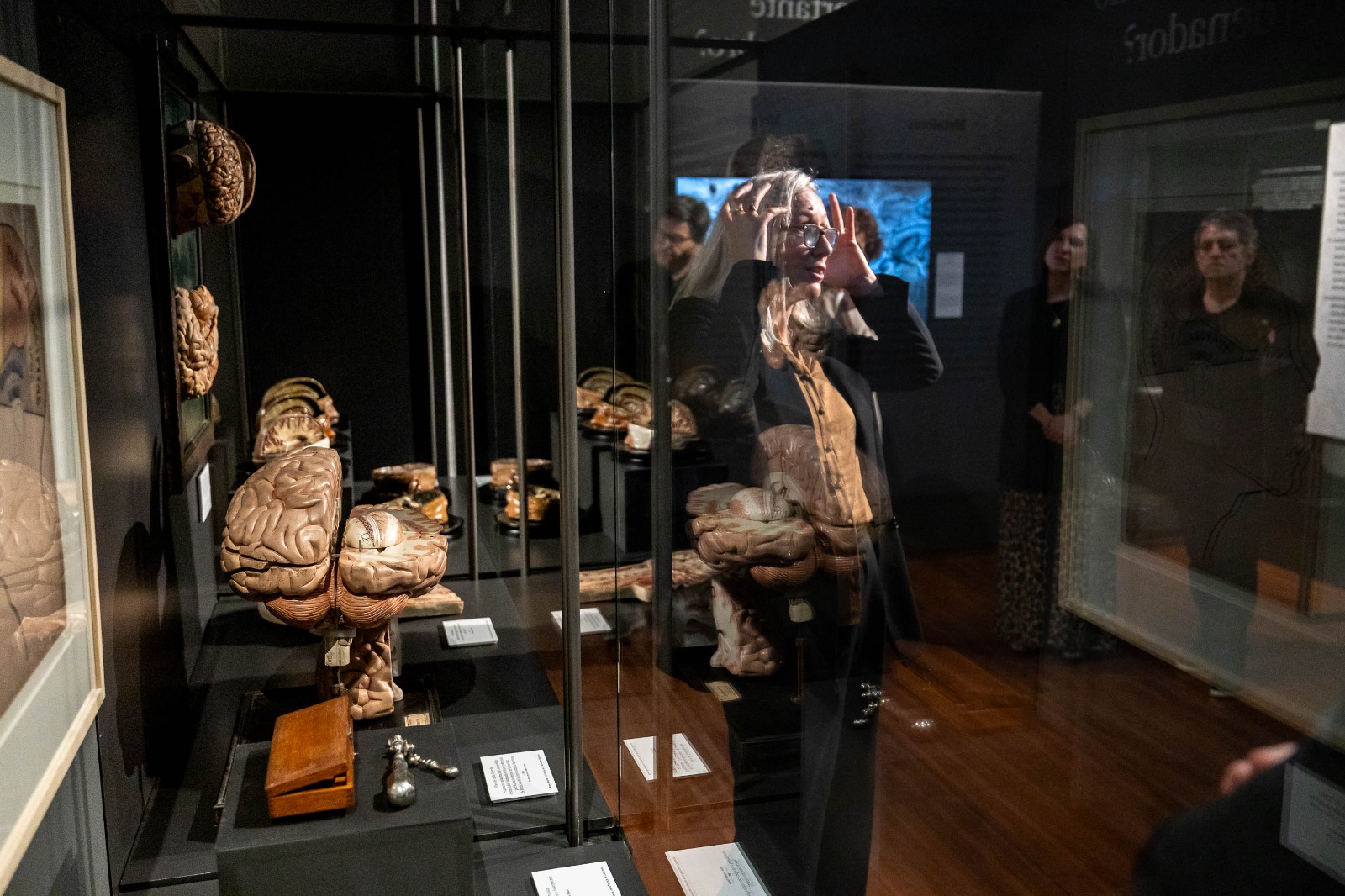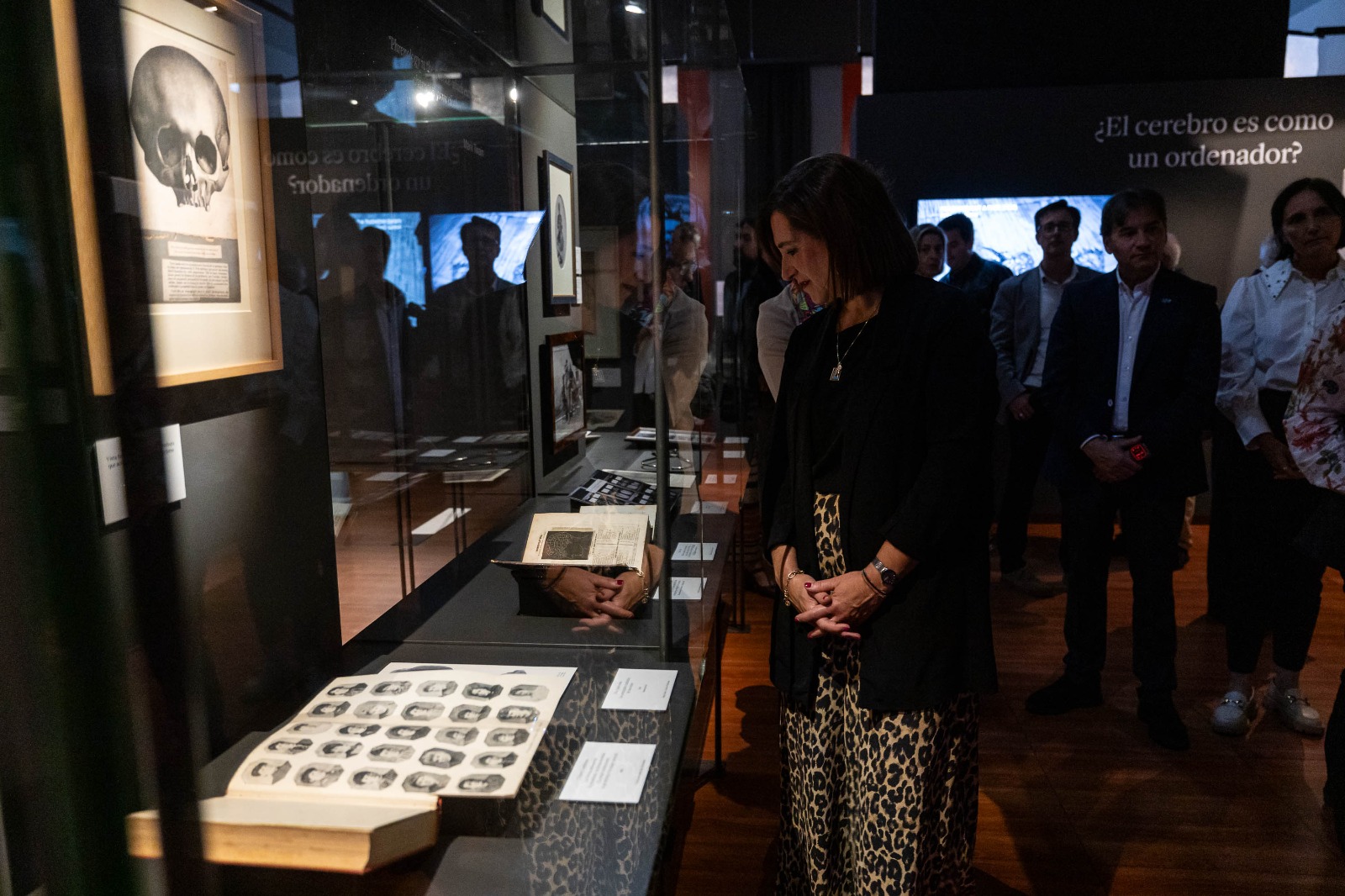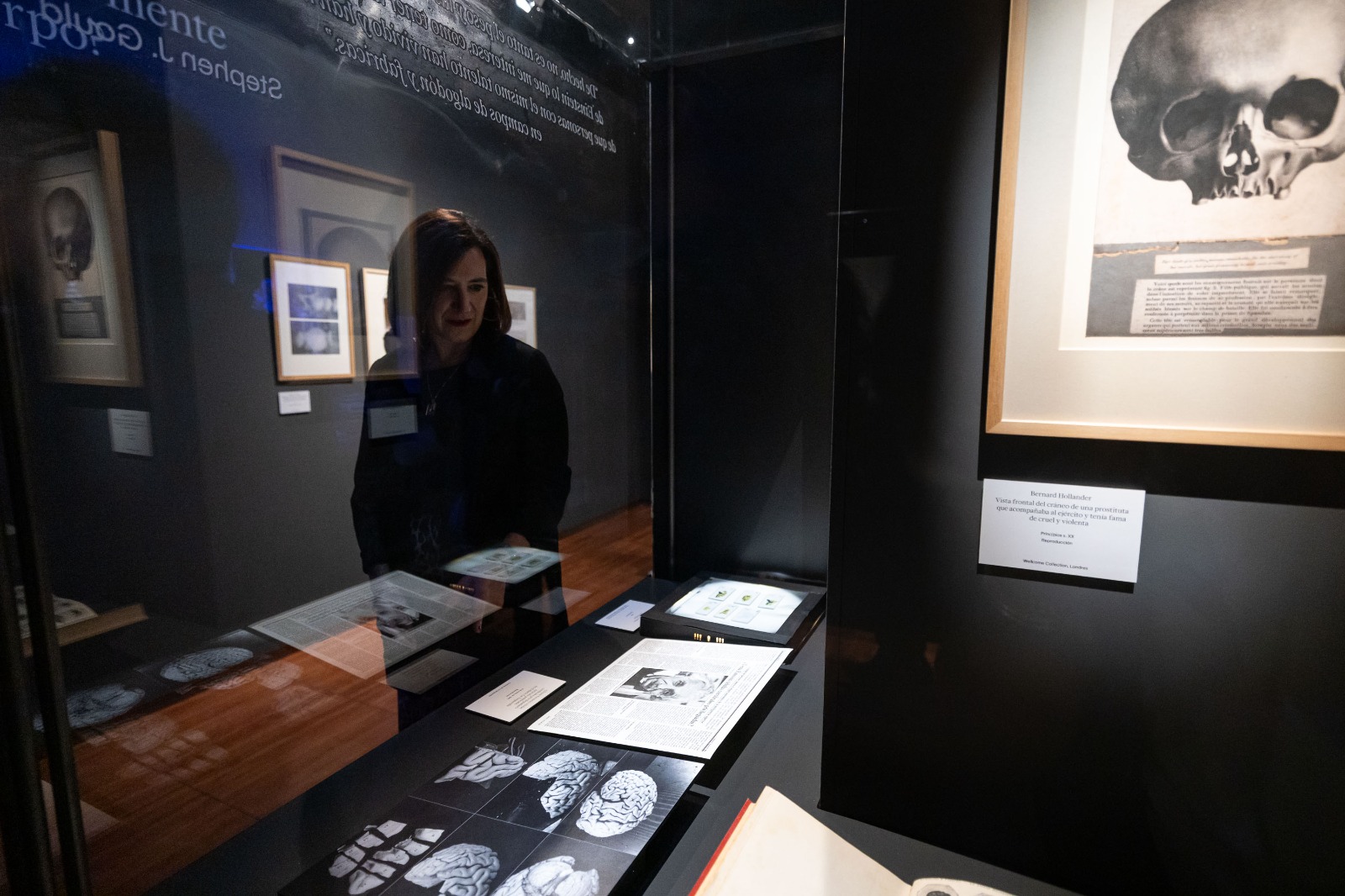Exhibition
The exhibition explores how humans have been studying and representing this organ over the decades, delving into the analysis of its various activities: abstract thought, language, consciousness, imagination, and dreams.

Centro de Historias presents Cerebro(s), a project by the Centro de Cultura Contemporánea de Barcelona, Fundación Telefónica, Wellcome Collection, and the Ministry of Science, Innovation, and Universities.
The exhibition will be on display from October 3rd to March 9th, 2025, and explores how humans have been studying and representing this organ over the decades, delving into the analysis of its various activities: abstract thought, language, consciousness, imagination, and dreams. Curated by physicist and biologist Ricard Solé and Emily Sargent, director of exhibitions at the Wellcome Collection in London, it takes as its starting point Brains: The mind as matter and States of Mind. Tracing the edges of consciousness, two original exhibitions from the Wellcome Collection.
The project, which was part of the programming for the Ramón y Cajal Research Year 2022, promoted by the Ministry of Science, Innovation, and Universities, after its realization at the Espacio Fundación Telefónica in Madrid and the venues of the Centro de Cultura Contemporánea de Barcelona and the San Telmo Museum in San Sebastián, now arrives at the Centro de Historias in Zaragoza.
About the exhibition
The adaptation of Cerebro(s) offers visitors the union of culture, technology, and society in a single space dedicated to the study and understanding of this organ.
The contents presented, with more than a hundred pieces, include historical and artistic objects and documents, contemporary artworks, and video creations by artists such as Andrew Carnie, Greg Dunn, Ivana Franke, Alex Guevara, Joan Fontcuberta, and Pilar Rosado, as well as results of scientific research and technological innovations.
The exhibition is divided into three main sections: Matter, Mind, and Other Minds, creating a discourse articulated from a series of questions that it attempts to answer.
Throughout the exhibition, various types of guided tours will be offered, all free of charge. One is aimed at the general public and another is designed for groups of compulsory secondary education, vocational training, and high school, delving into the three areas into which the exhibition is divided: matter, mind, and other minds. Additionally, tours adapted to special education will be conducted.
Exhibition sections Matter
This first section is dedicated to the brain as physical matter, at an anatomical level, as well as the development of brain research throughout history. Questions such as “When does the human mind arise?” or “Can there be a mind without a body?” are some of the issues raised in this first section.
Here we can find replicas of the skulls of our ancestors, plaster models representing different preparations, scientific material, a section dedicated to the development of the science of electricity, histological preparations, or the Manual of Normal Histology and Micrographic Technique by Santiago Ramón y Cajal.
Mind
In this second section, the focus is on the more intangible part of the brain: the mind, consciousness, creativity, language, imagination, memory, among others, and questions such as “Can consciousness be measured?”, “Why do we dream?” or “What is reality?” are posed. It begins with different installations by artists such as Ivana Franke, Louise K. Wilson, Shona Illingworth, along with a series of self-portraits by William Utermohlen, who began painting them after being diagnosed with Alzheimer’s disease.
Memory and Language, States of Consciousness, and Perception and Reality are some of the sections in which this second area is structured, where visitors can participate in the Rubber Hand Experiment (M. Borvinivk and J. Cohen, 1998) or the Cheshire Cat Illusion Experiment (Sally Duensing and Robert Laure Miller, 1978).
Other Minds
In this last section, other minds beyond the human are discovered, such as artificial intelligences, for example.






